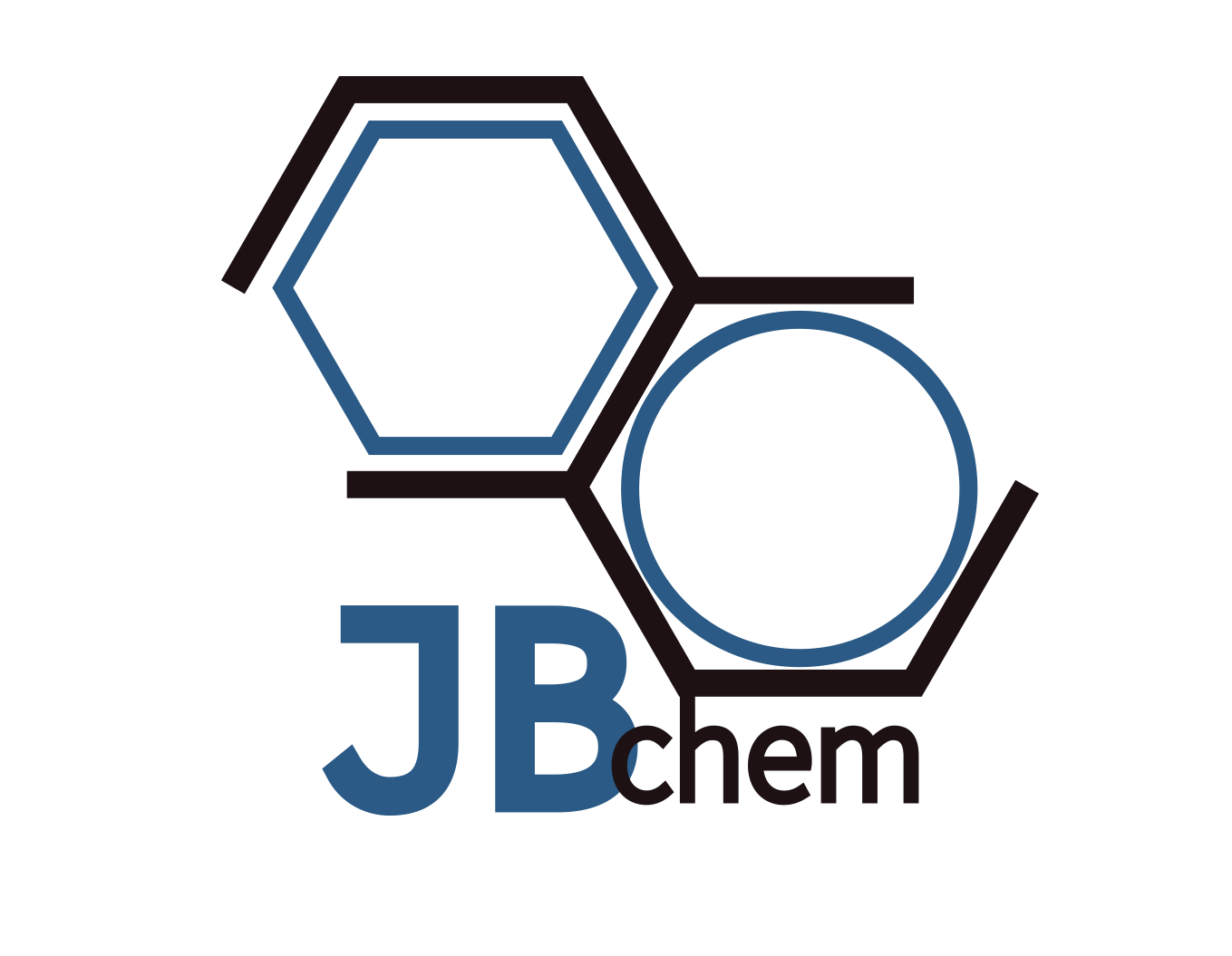Hafnium Micropowder
Product Properties
Hafnium (Hf) micropowder
Size | Type | Particle size(um) | Purity(%) | Specific surface area(m2/g) | Bulk density(g/cm3) | Polymorphs | Color |
um | JB-Hf-001 | 1-6um | >99.9 | 7.8 | 0.4 | spherical | gray |
um | JB-Hf-002 | 325mesh | >99.9 | 6.6 | 1.3 | spherical | gray |
Custom | Acccording to customers requirment | ||||||
Hafnium (Hf) micropowder Main Feature
- High Neutron Cross-Section: Hafnium has a very high thermal neutron absorption cross-section, significantly higher than most other elements. This property is crucial for its use in nuclear reactors, particularly in control rods, where it helps manage the reactor’s neutron flux and control the fission reaction rate.
- High Melting Point: Hafnium has a melting point of approximately 2233°C (4051°F), which contributes to its stability and utility in high-temperature applications, including those in nuclear reactors and in certain aerospace components.
- Corrosion Resistance: Hafnium exhibits good resistance to corrosion, making it suitable for use in environments where materials are prone to degradation.
- Good Mechanical Properties: As a micropowder, hafnium can contribute to the mechanical strength of composite materials when used as a reinforcing agent, thanks to its inherent strength and durability.
Hafnium (Hf) micropowder Applications
- Control Rods in Nuclear Reactors: The most notable application of hafnium micropowder is in the nuclear industry, where it is used in control rods for nuclear reactors. Its high neutron absorption cross-section makes it ideal for controlling the rate of the nuclear fission reaction, thereby regulating the reactor’s power output and ensuring safe operation.
- Aerospace and Gas Turbines: Hafnium’s ability to maintain its strength at high temperatures makes it a valuable additive in nickel-based superalloys used in aerospace engine components and gas turbines. These alloys benefit from hafnium’s contribution to improved mechanical strength and thermal stability.
- Electrodes: Hafnium micropowder is used in the manufacture of plasma cutting electrodes. Its high melting point and ability to efficiently emit electrons when heated make it suitable for cutting and welding applications, where high temperatures are generated.
- Refractory Materials: The micropowder form of hafnium is utilized in producing oxide ceramics that exhibit exceptional thermal and chemical stability. These materials are used in refractory linings and crucibles that must withstand extreme temperatures and corrosive environments.

